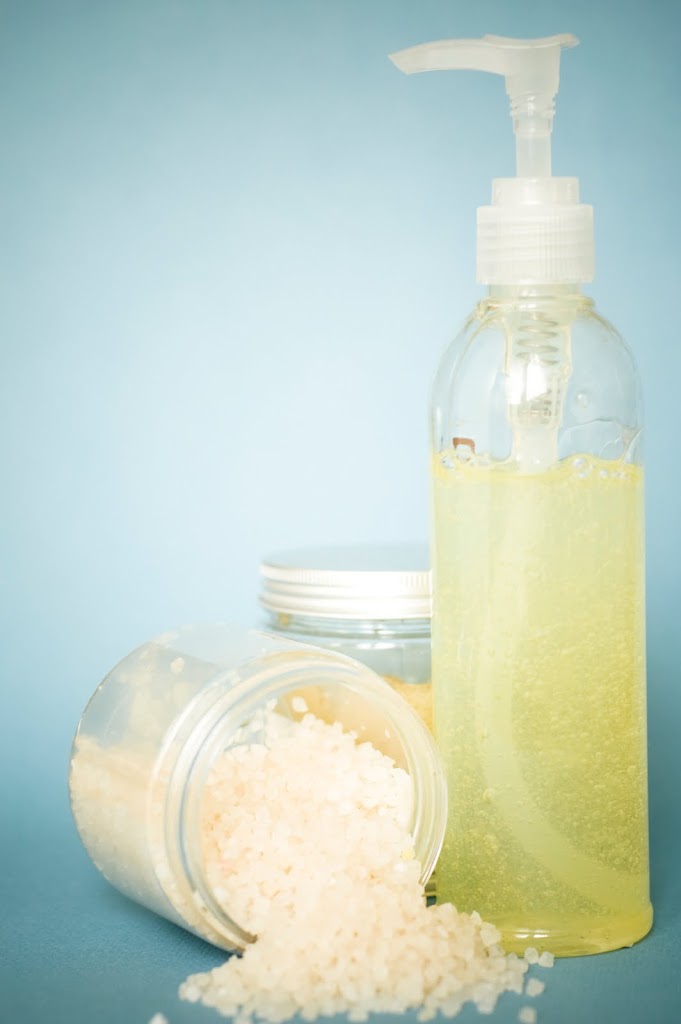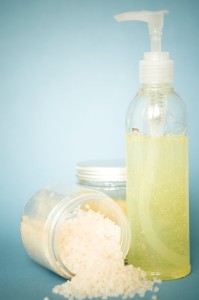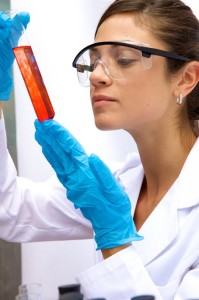by theglamscientist | | beauty, beauty business, business, consulting, cosmetic chemists, cosmetic science, cosmetics, cosmetics industry, Glam Life |
Before you dig into this post, take a minute to ponder these three words- Best, Popular, Profitable. What comes to mind when you read each of them? *jot that down*
What is your main goal for your beauty brand? Do you want to be the best to ever do it? Are you seeking popularity? Or would you much rather be profitable? You can have it all, but you should start with what matters most and retrofit the rest.
I believe if I do my best work, it will earn me profitability because of the quality and value I would pour out to the clients I serve. Doing so creates loyalty and word of mouth marketing. When you’re creating something of value for your tribe, you’ll gain popularity. Let’s face it, all of us want to be known for something whether we’re willing to admit it or not. There’s nothing wrong with wanting to be popular, especially for something you give your all to.
Consider these elements when you’re sitting at the drawing board planning your beauty brand. Give your best to each point in the process. Select superb formulations, research and implement the most effective marketing strategies for your product type, create a unique and compelling brand culture and match all of your visuals and copy to that culture. Your packaging, logo, website, presentation of product claims and promo materials should all be a reflection of your brand’s best work. If you do, the profitability and popularity will fall in place. It’s quite a glamorous cycle!
Here’s to the Glam Life!

by theglamscientist | | beauty product challenge, cosmetic science, formulating, formulators |

I wanted to start the year off with a challenge for my readers– consumers and fellow formulators alike. While natural products are all the rage these days, it can be difficult to find “all natural” products that can compete on all levels with their synthetic counterparts. Before you allow yourself to think that natural formulators need to step it up, allow me to give a little insight.
A great deal of the ingredients used in cosmetics are needed to enhance the appearance and texture of an otherwise effective product. Formulators go to great lengths to ensure that their finished products feel great on the skin and also look good in the jar/bottle. I’m willing to bet most of us have never considered the level of effort that it takes to make a crystal clear bath gel that also smells like berries. Some of the very ingredients on the chopping block are only used to the more superficial expectations of the consumer.
My own laboratory work is limited from time to time because I have to make sure the products are not only effective, but also look/feel like something consumers have seen/felt before. When you’re working with natural ingredients that have their own color and texture mixed in with their amazing benefits, things get tricky.
SO HERE’S THE CHALLENGE
I challenge consumers to throw out all of their preconceived thoughts on what a cosmetic should look or feel like. Forget that creams and lotions are “supposed” to be pure white. Pretend that liquid hand soap was meant to be a little cloudy. Allow a cosmetic to improve your skin over a period of time instead of expecting instantly silky hands and legs. If you say you want natural, give natural a real shot. This way, formulators can focus on creating products that truly give long term benefits as opposed pretty colors and short lived instant gratification.
I also challenge formulators to push natural products even if they are a little different than what consumers are used to. Someone will be willing to try it… and when they love it, the word will spread.
Let’s step out of the monotony and jump into something new, unique, different and worth it. Here’s to the Glam Life!

by theglamscientist | | cosmetic chemists, cosmetic science, lead, parabens, preservatives, research |

With all the controversy and bad press looming in the cosmetic industry, I thought it was important to speak as both a consumer and a cosmetic chemist. I have had the privilege of following several forum style discussions regarding the safety of cosmetics and personal care products. In these discussions, both scientists and non-scientists provide their “two cents”. Normally, a sensationalist begins the discussion with wild claims like “Women put 515 chemicals on their bodies everyday!” or “There’s lead in your lipstick and you’re eating 7 lbs of it a year!”. Think I’m being facetious? I couldn’t be more serious. Of course, this is when all the scientists join in with our facts and research, etc because we hate to see the industry being bashed and shown in a negative light.
The Scientist’s Brain
Scientists realize that consumers are often skeptical and that they are being fed a lot of misinformation. What the general public doesn’t realize is that scientists are by far the most skeptical beings… ever. Our minds are wired to question everything and believe nothing until we have seen the research or performed the research ourselves… it’s the scientific method. Once we have the facts, we will fight and argue tirelessly to inform those who don’t believe. In the case of the cosmetic industry, some of these arguments and fights occur publicly. It may appear that the scientists are picking on “the little guy”, as we often must take our stand against individuals like sales reps from MLM companies or “all natural” companies. The problem is, these individuals rarely know the science behind the ingredients that we use– both natural and synthetic.
My Note to the Consumer
Be careful what you believe. It’s perfectly ok to be skeptical, but be fair with your skepticism. I urge you to not only question claims made by the cosmetic industry, but the claims made by radicals and special interest groups as well. Keep in mind, the research and development department of any major cosmetic company is run by various scientists ie chemists, biologists, chemical engineers, etc. With the “natural” cosmetic companies, not so much. Don’t get me wrong, this post is not to bash indie beauty companies in any way. On the contrary, it is meant to bring about awareness and to say “Shame on you.” to those companies whose marketing strategy is to shed a negative light on larger, more established companies.
As with any industry, there are some snakes in the grass. There are plenty of cosmetics on the market that make claims they can’t live up to. Those products belong to both big brand manufacturers and small cosmetic companies alike. Learn to read your ingredients lists and familiarize yourself with which ingredients are natural and which are synthetic. If you want to know if a product is likely to work, feel free to ask me. Keep in mind, product claims are largely made by marketing departments, not R&D.
Final Points
1. Research shows there is no harm in parabens.
2. Water based products NEED preservatives. If you see water and no preservative, be afraid… be very afraid!
3. Preservatives are your friend… they keep your products safe from nasty little bacterial creatures.
4. Lead is not purposely included in your lipstick as a secret ingredient. Lead is a naturally occurring metal and can inadvertently be introduced to not only your cosmetics, but your food and drink as well. Albeit in TRACE amounts, as it is only found in nature in trace amounts.
5. Cosmetic Scientists use the SAME cosmetics that we market to the general public. We put them on our skin and our children’s skin. Sorry to break it to you, but there is no secret society for cosmetic scientists that makes all the “good” products that we keep to ourselves.
6. The nature of any scientist is to research, test, research, test, research some more, test and then share our findings. This is no different for the cosmetic industry.
Knowledge is Hotness, here’s to the Glam Life!




